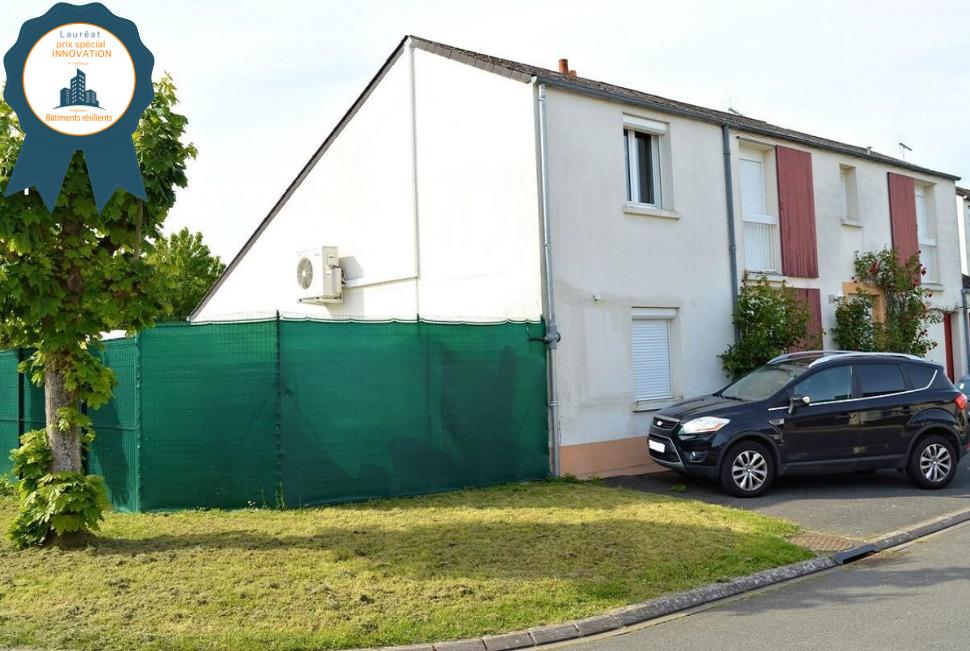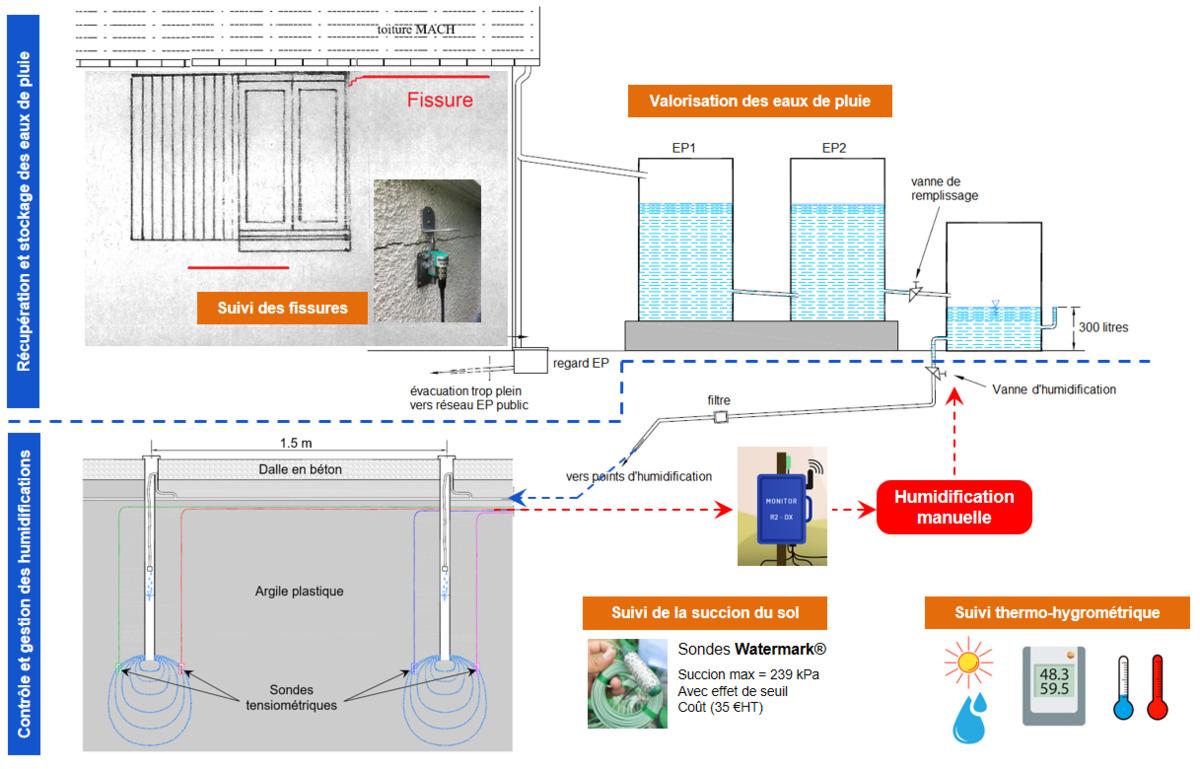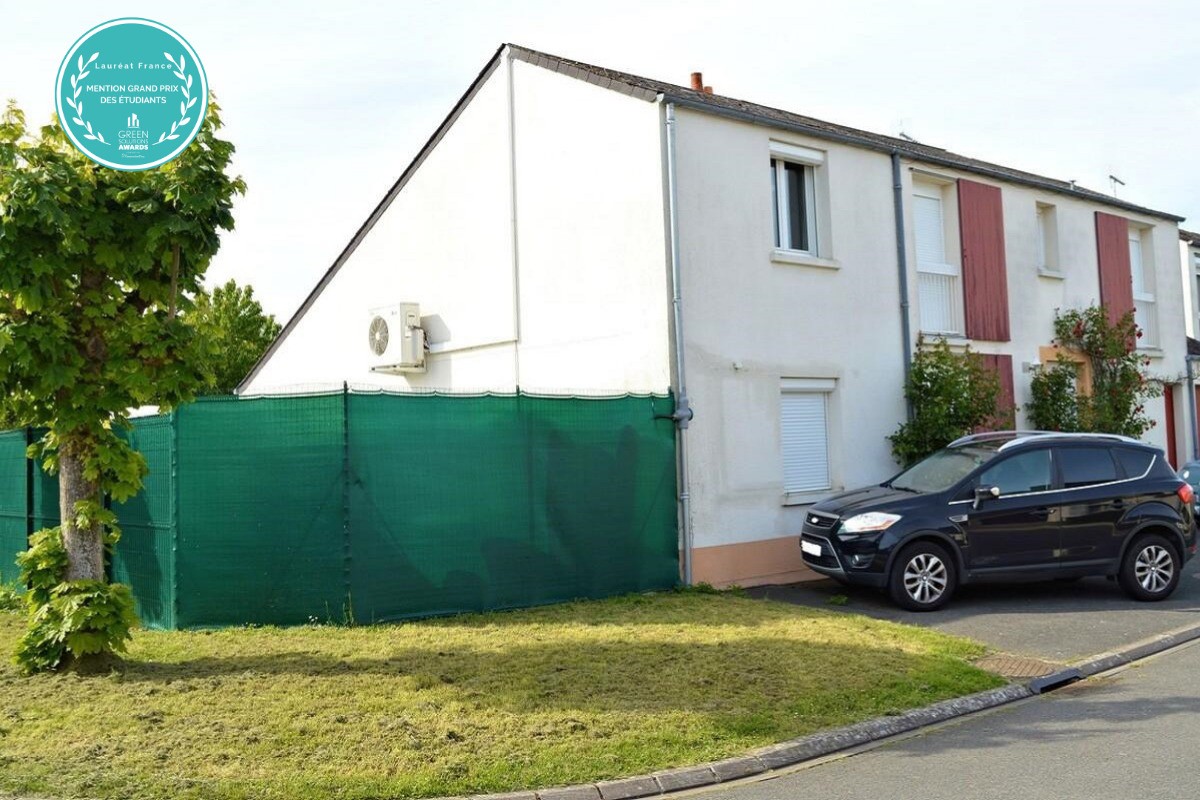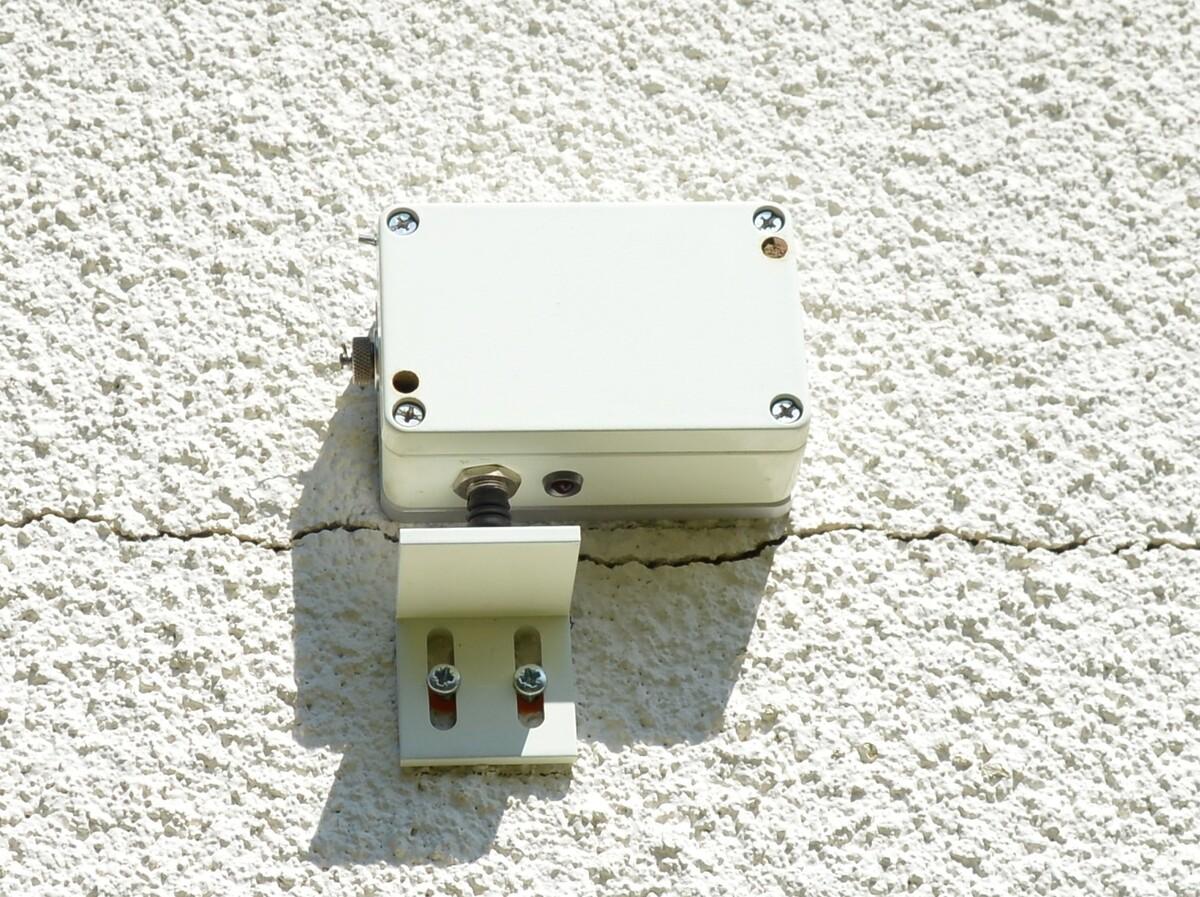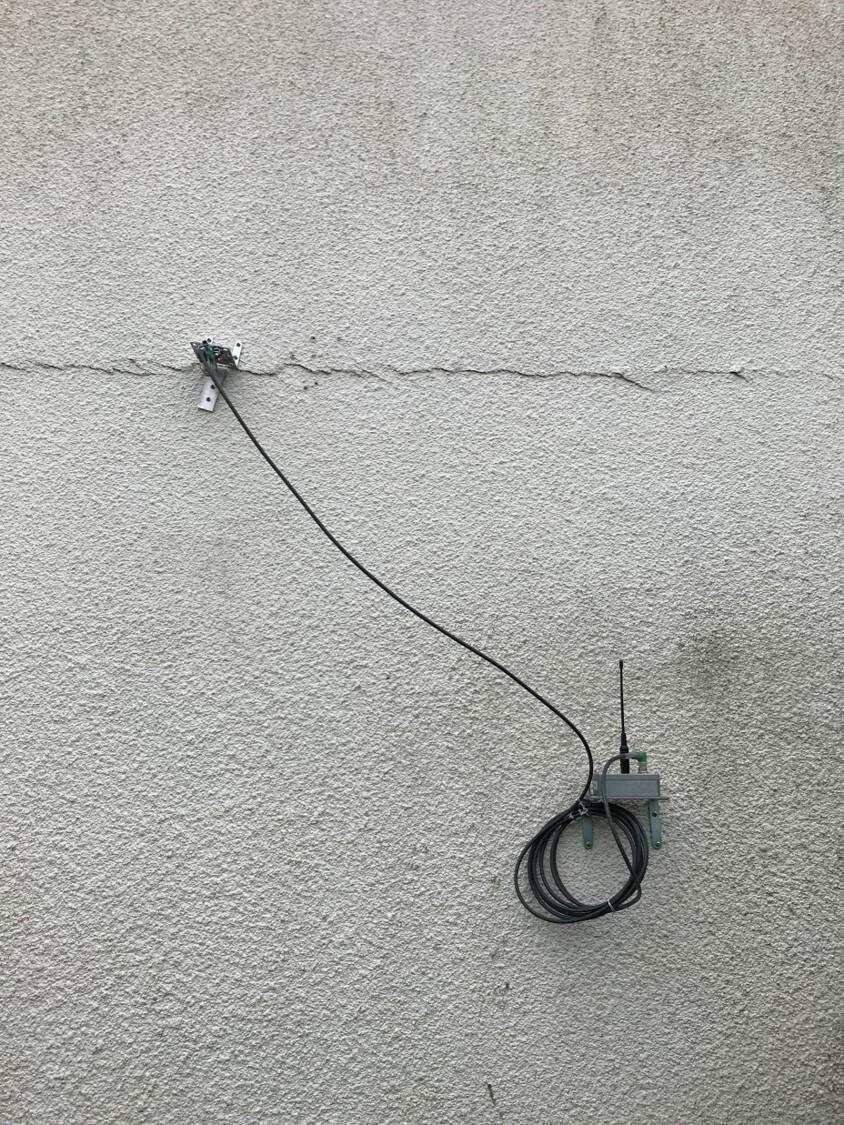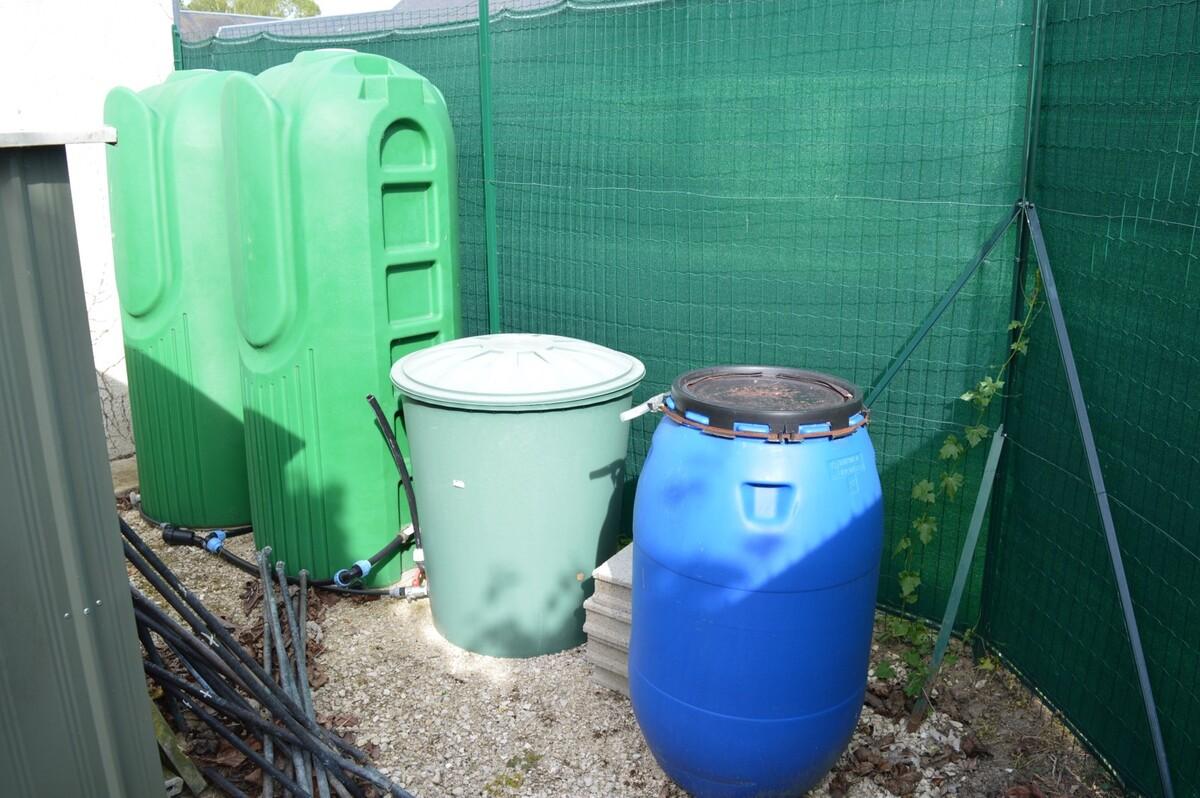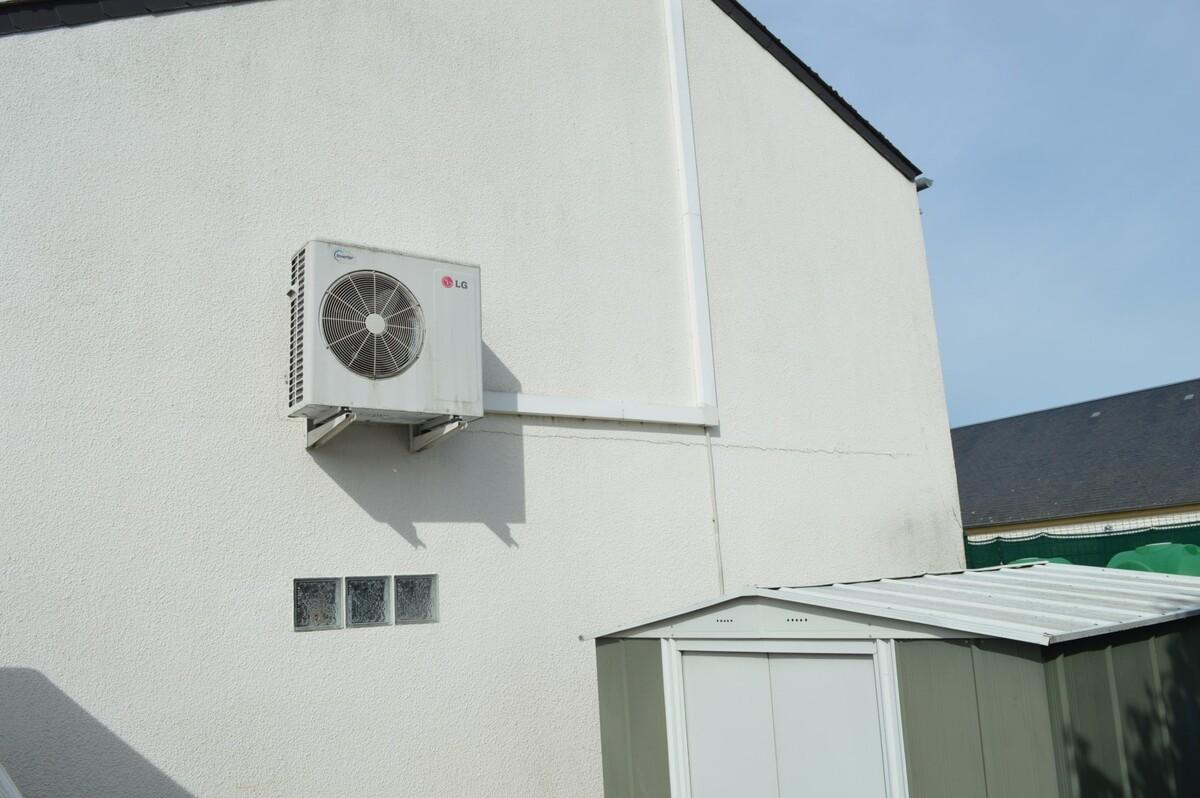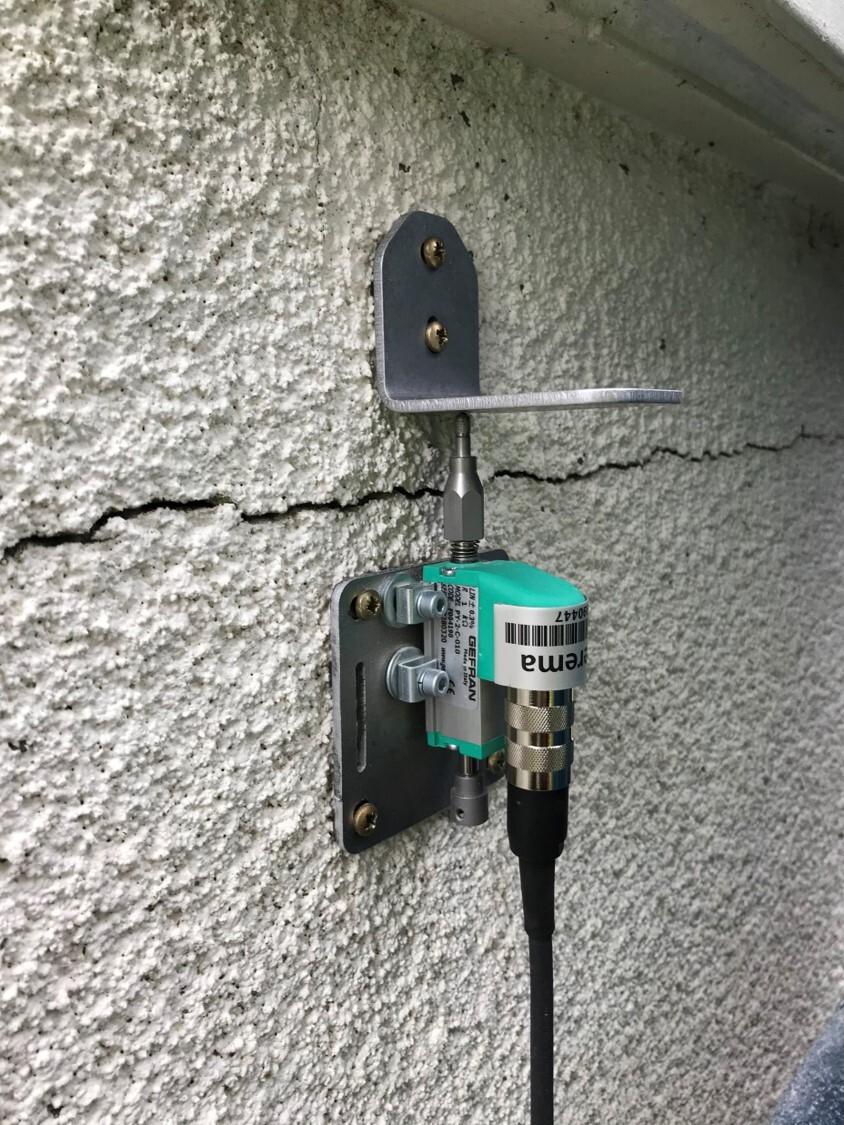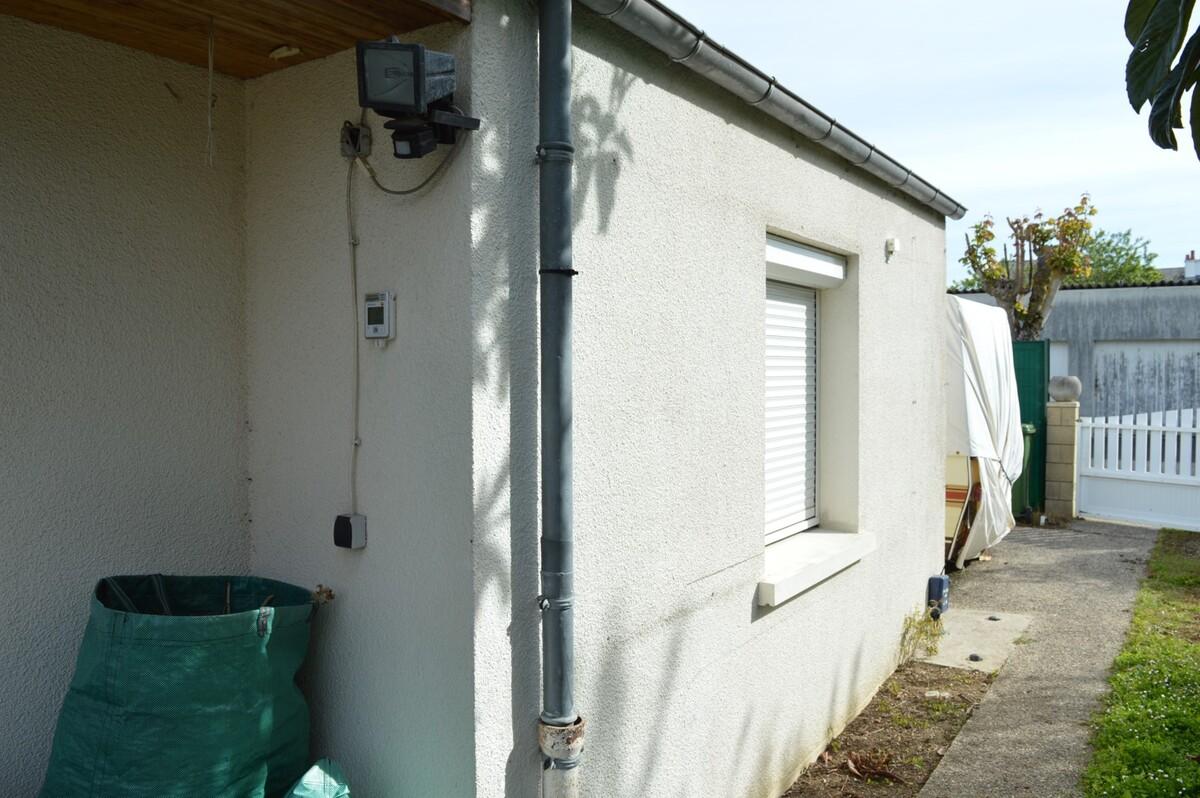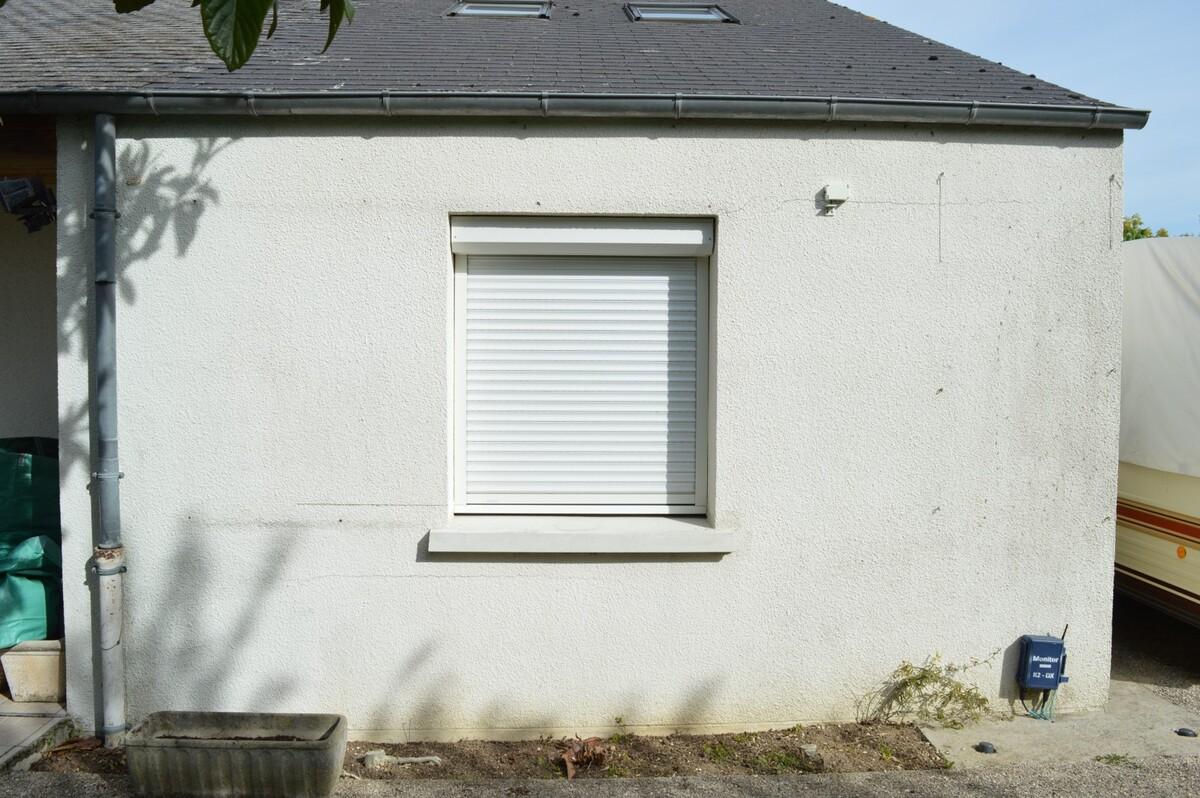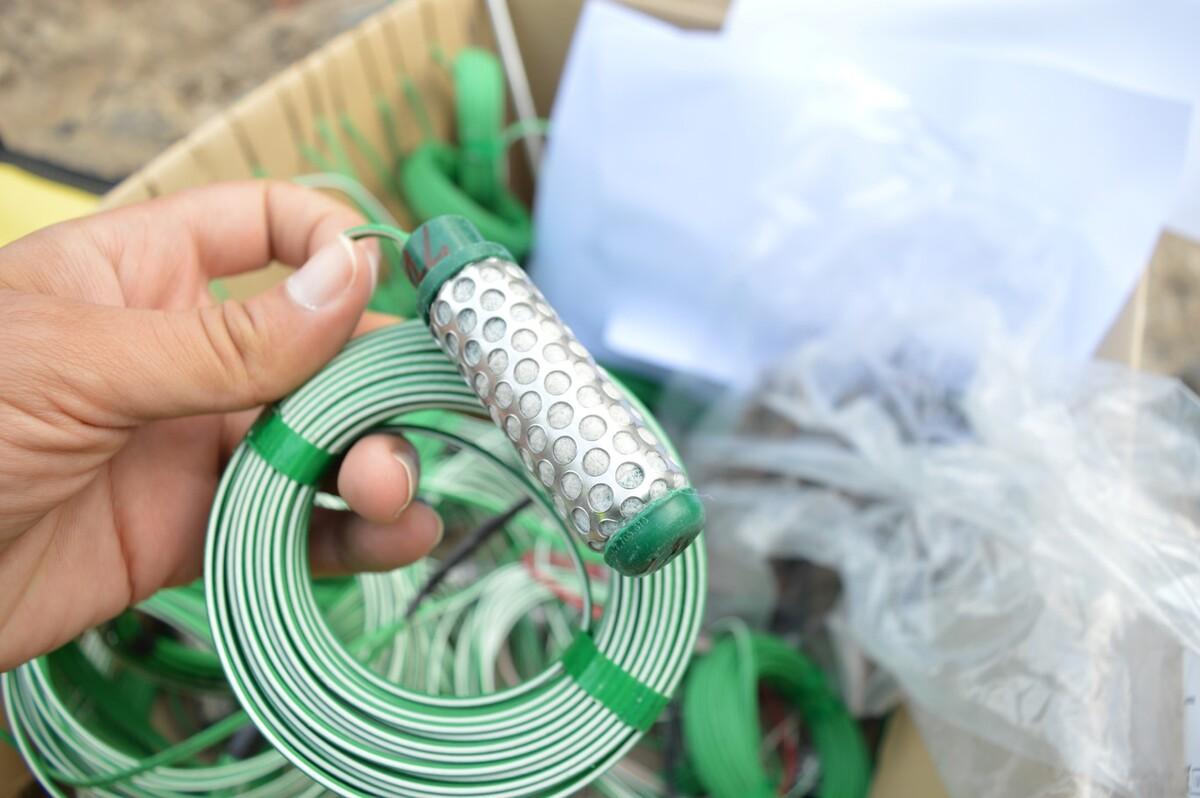MACH - House Comforted by Humidification
Last modified by the author on 30/10/2020 - 15:05
Renovation
- Building Type : Isolated or semi-detached house
- Construction Year : 1967
- Delivery year : 1968
- Address 1 - street : 10 rue d'Auvergne 41500 MER, France
- Climate zone : [Cfb] Marine Mild Winter, warm summer, no dry season.
- Net Floor Area : 200 m2
- Construction/refurbishment cost : 15 000 €
- Number of Dwelling : 4 Dwelling
- Cost/m2 : 75 €/m2
-
Primary energy need
90 kWhep/m2.an
(Calculation method : Other )
In a global context of disruption and climate change, natural phenomena are multiplying in a recurring manner with greater intensity. The year 2020 is an extraordinary year: the hottest in France since 1900 [ 1 ]. The 2020 temperature in France, consolidated with the forecasts for December 28, is 14 ° C, thus exceeding that recorded in 2018 (13.94 ° C). Thus, in 2020, we experienced the warmest winter since the beginning of the 20th century [ 2 ], the driest summer (from June 21 to September 20) since at least 1959 [ 3 ] and an exceptional episode of heat in September [ 4 ]. Even more recently, we experienced the hottest November 2020 on record worldwide [ 5 ].
In 2019, drought was ranked 1st natural risk in terms of costs of damage caused, estimated between € 600 and 870 million by the Caisse Centrale de Réassurance (CCR), and a third of the French territory affected [ 6 ]. The current trend is not likely to be reversed in the future in the context of climate change, with 6,265 applications for recognition in a state of natural disaster (Cat-Nat) drought 2019 processed, of which 47% are favorable and 2.1 million houses in the medium-strong RGA zone [ 7 ]. In the long term, projections illustrate this trend through an increase in the cumulative cost of drought insurance by + 162% over the period from 2014 to 2039 [ 8 ].
Cerema, awarded the Carnot Institute "Clim'adapt" label in 2020, is stepping up its efforts in favor of adaptation to climate change through applied research and innovation .
From the end of 2016 to the end of 2020, Cerema experimented with a new remediation solution, MACH, based on the re-humidification of clay soils during the drought period by making use of rainwater, previously collected and stored (during the wet period preceding the period of drought). drought). The principle of the MACH solution aims to maintain a balanced water state at the level of the foundation soil, despite the phenomenon of shrinkage and aggravation under the effect of evapotranspiration and vegetation, in order to stabilize the opening of existing cracks. in the structure and prevent the initiation of new cracks. The results, recorded during the last 4 years of intense droughts, are encouraging in terms of stabilizing the opening of existing cracks instrumented by crackometers.
Sustainable development approach of the project owner
The house was built on very plastic clay soils, subject to the phenomenon of RGA (shrinkage swelling of clay soils), with shallow foundations. With the effects of climate change and the increasingly intense droughts since the summer of 2015, structural damage has appeared inside and outside the house.
In fact, the differential settlements of the foundation soil due to the phenomenon of shrinkage during the drought period, then the swelling undergone during the wet period in a cyclical manner under the effects of climatic disturbance affect the mechanical properties of the soils and can induce instabilities at the level of the structure.
The objective of the MACH solution is to maintain a balanced water state during the drought period to limit the phenomenon of subgrade shrinkage and thus stabilize existing damage and prevent the appearance of new damage.
The advantages of the MACH solution are numerous, the main ones being:
- ecological : the only resource for the operation of the MACH solution is the recovery of rainwater previously collected and stored,
- economical : compared to the conventional solutions available, the cost of which is at least 50 to 70 k € HT, the cost of the MACH solution at around 15 k € HT makes it accessible to all disaster victims,
- light installation: the installation of the MACH solution does not require the moving or rehousing of the occupants,
To summarize, our innovative approach makes it possible to provide a new effective concrete response to the growing problem of RGA while being ecological and economical.
Architectural description
The reinforcement work provided by the MACH solution vis-à-vis the natural phenomenon of RGA does not concern the architecture of the building but the stability of its structure.
See more details about this project
https://www.cerema.fr/fr/actualites/stabilisation-du-phenomene-retrait-gonflement-sols-argileuxPhoto credit
Ighil Ameur © Cerema 2020
Contractor
Construction Manager
Energy consumption
- 90,00 kWhep/m2.an
Systems
- Gas boiler
- Individual gas boiler
- Others
- Natural ventilation
- Other, specify
Urban environment
Product
MACH
Cerema
lamine.ighil-ameur[a]cerema.fr
https://www.cerema.fr/fr
See the description in the "Project highlights" section in the identity card.
Moistening the foundation soil with rainwater during drought re-hydrates the shrinking clay soil and thus limits the structural vulnerabilities of the house.
Construction and exploitation costs
- 15 000 €
Reasons for participating in the competition(s)
Following the initial geotechnical surveys (G5) of the soil in place, a layer of clay < strong> plastic 2 m thick (sensitive to RGA) was identified at the foundations . It should also be noted in the initial inventory of the presence of vegetation (trees and hedges) near the damaged facades. The principle of the MACH solution is inspired by irrigation agricultural controlled by measuring soil suction. Thus, the operation consists in carrying out a humidification of the foundation soil during the drought period with rainwater , collected and then stored upstream. Humidification depends on the continuous measurement of soil suction and is carried out manually by opening valves. The objective is to rehydrate the soil plastic clay near the foundations and thus try to control the propagation of the existing cracks and prevent the initiation and the propagation of new cracks.
The monitoring of the experiment, carried out by the Cerema, made it possible to '' record data for 4 years of intense drought 2017, 2018, 2019 and 2020. These data relate to tensiometry of the soil, cracking and meteorology . The first results in terms of stabilizing existing cracks during periods of drought are encouraging .
MACH is an innovative and resilient solution: (i) ecological , limiting the impact on the water resource using rainwater and reducing the carbon footprint compared to conventional repair techniques, (ii) economical , with an installation cost and supply of equipment of approximately 15 k € HT making it accessible to all disaster victims compensated or not via the cat-nat device and (iii) allows, with a < strong> light implementation , to limit the vulnerabilities of constructions exposed to the risk of drought and to the RGA phenomenon.




